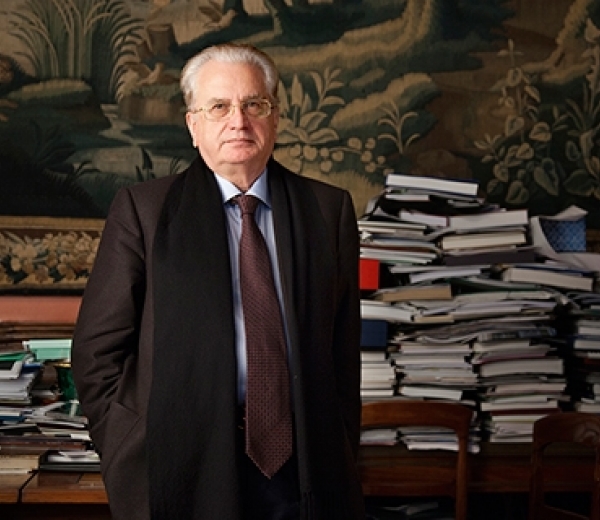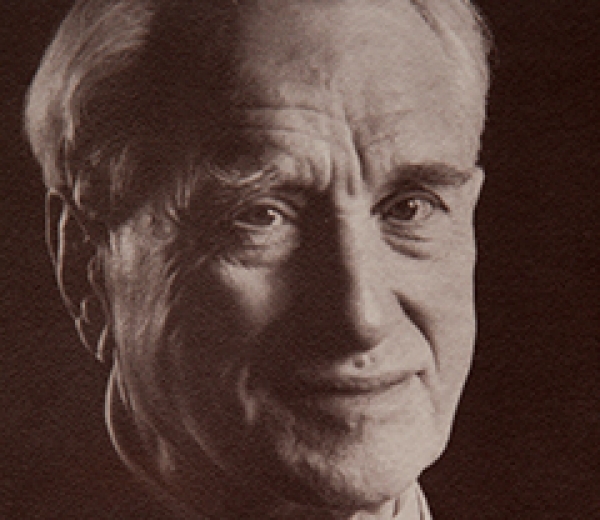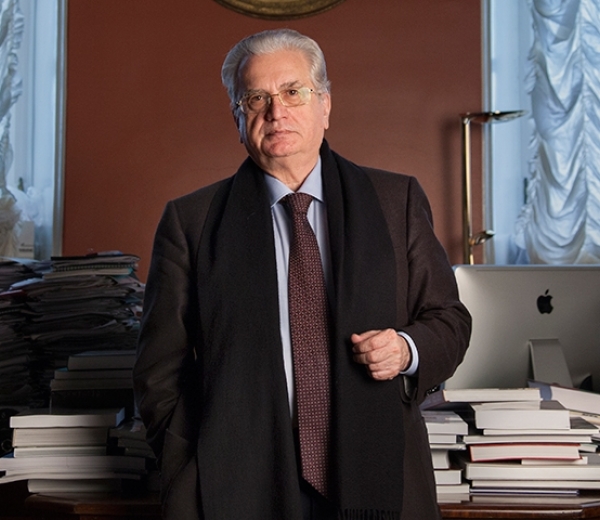Mikhail Piotrovsky

|
Boris Piotrovsky |
“Belonging to different cultures is a great pleasure, but achieving it requires education. That is why there hasn’t been any nationalistic strife among true intellectuals.”
|
Mikhail Piotrovsky in his office at the Hermitage Museum |

As the region plunged into turmoil, the family quickly realized that its carefree and settled life had ended.
For example, it’s time to speak of the huge contribution Armenians made to the Russian culture. Among the intelligentsia and the elites there are almost no national differences or ethnic strife. “Look at Joseph Orbeli, this exemplary Armenian-Russian scientist — he had an excellent theory that was both true and conformed to the teachings of Marxism: he believed that in the Middle Ages, the art of the Muslim and Christian elites was more or less the same. A significant part of the Hermitage’s Islamic collection demonstrates this similarity of cultures,” Piotrovsky says. He believes that on a certain level, a good education and artistic tastes inevitably lead to rapprochement, while rabid nationalism only emerges in situations when the ruling elites fail to reach this level.
Not long ago, a monument to Komitas was opened in St. Petersburg. “Komitas is all about Armenia, he’s never even been to St. Petersburg. But Armenian culture also lived in Europe. To the rest of the world, Turkey was represented in part by Turkish Armenians. This is what [the Turks] attempted to destroy. Worthless people don’t get destroyed, the only ones exterminated are people who endanger some evil,” he says.
Exhibits in the Armenian culture halls at the State Hermitage Museum, St. Petersburg, Russia
In this case, it was the literary Armenian language that was sacrificed. Out of habit or the need for simplicity, Soviet Armenians willingly peppered their speech with Russian words.


The story is verified by the 100 LIVES Research Team.
Text: Julia Reysner
Photo: Anna Artemyeva

